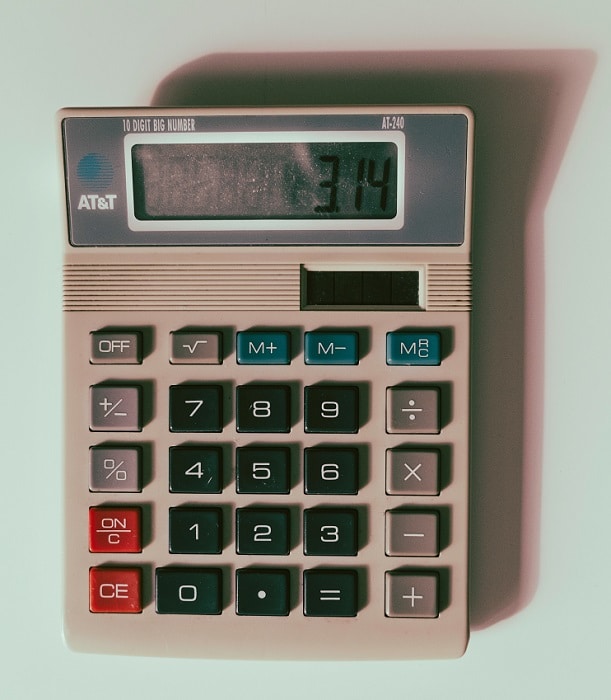With Pi Day right around the corner (March 14th), I thought it might be interesting to do a bit of a deep dive into the number and see what kind of fun facts I could pull up. I hope you enjoy these factoids and learn a thing or two about Pi that you didn’t know.
Fun Facts About Pi
- Pi is an irrational number, which means it cannot be expressed as a finite decimal or a fraction. It goes on infinitely without repeating.
- The symbol for pi (π) was first used by the Welsh mathematician William Jones in 1706, but it was popularized by the Swiss mathematician Leonhard Euler in the 18th century.
- Pi has been known for over 4,000 years. The ancient Egyptians and Babylonians both knew about pi, but they approximated it to be 3.125 and 3.1250, respectively.
- The first calculation of pi to 100 decimal places was done by English mathematician William Shanks in 1873, but it turned out that he made a mistake at the 527th digit.
- The Guinness World Record for the most accurate value of pi was set in 2020 by Emma Haruka Iwao, who calculated pi to 31.4 trillion decimal places using Google Cloud.
- The Greek letter pi is used to represent the ratio of the circumference of a circle to its diameter, but it is also used in many other mathematical formulas, including those used in trigonometry, calculus, and statistics.
- Pi Day is celebrated on March 14th (3/14) every year. It was first recognized as a holiday in 1988 by physicist Larry Shaw at the Exploratorium, a museum of science, art, and human perception in San Francisco.
- Pi has been featured in many works of popular culture, including the movie “Pi” (1998) and the book “Life of Pi” (2001). The first 100,000 digits of pi have even been set to music!
- The value of pi has been calculated to over 31 trillion decimal places, but it is still an open question whether pi is a normal number, which means that its digits occur with equal frequency in its decimal expansion.
- Pi is a constant that appears in many areas of science and engineering, including physics, engineering, and statistics. It is used to calculate the volume of a sphere, the area of a circle, and the circumference of a circle, among other things. Without pi, many mathematical and scientific calculations would be impossible!
